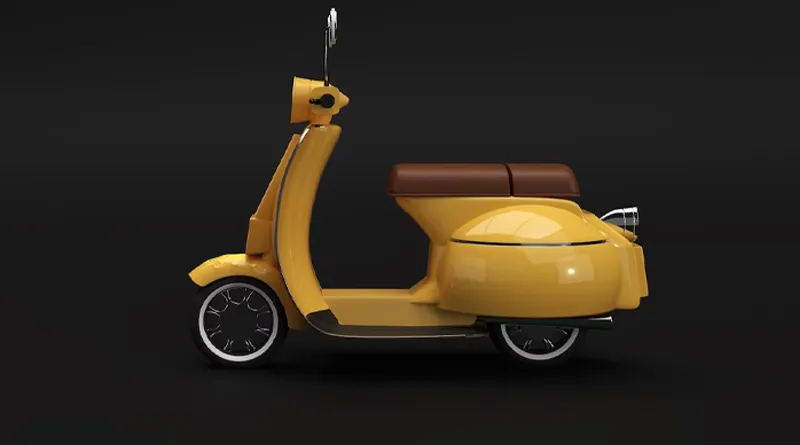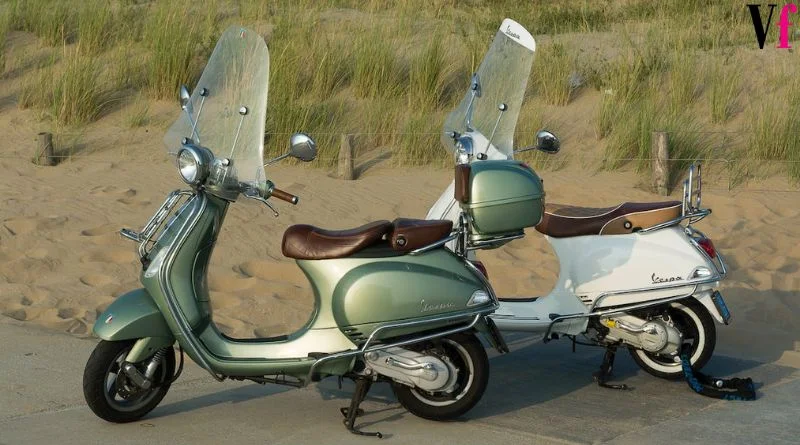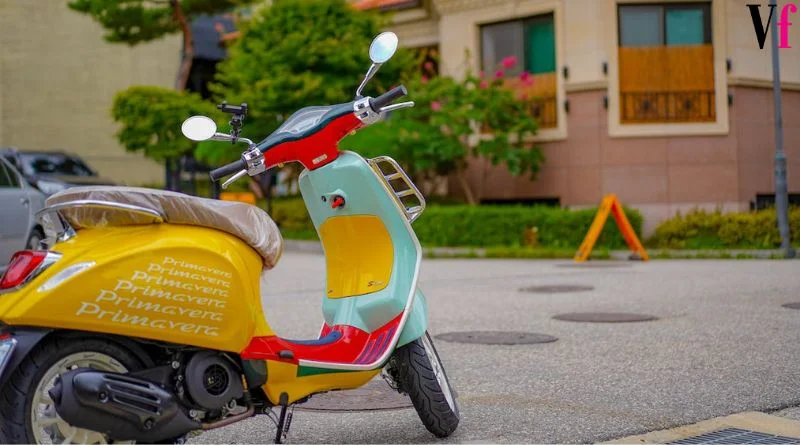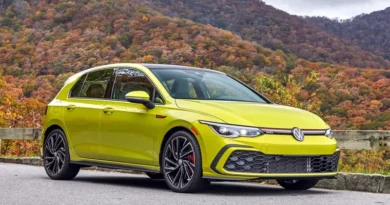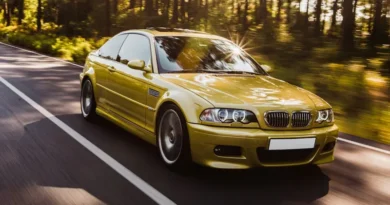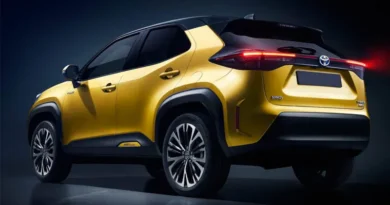Scooters Unveiled: From Classic Charm to 21st-Century Marvels
In the bustling urban landscapes of today, where time is precious and traffic congestion is a daily ordeal, It has emerged as the silent heroes of personal transportation. These sleek and nimble two-wheelers have revolutionized the way we navigate cities, offering an efficient, eco-friendly, and fun alternative to traditional modes of transportation. Join us on a journey as we explore the world of scooters, their rich history, their modern evolution, and the many reasons why they have become an integral part of urban life.
Contents
A Glimpse into History: The Humble Beginnings of Scooters:
The story of scooters dates back to the early 20th century when inventive minds sought to create a compact and convenient mode of transportation. It first occured hand-crafted from wood and featured small wheels and a footboard. They were manual, requiring riders to push themselves along with one foot, much like a skateboard. Over time, it evolved with the introduction of handlebars and larger wheels, making them more comfortable and user-friendly.
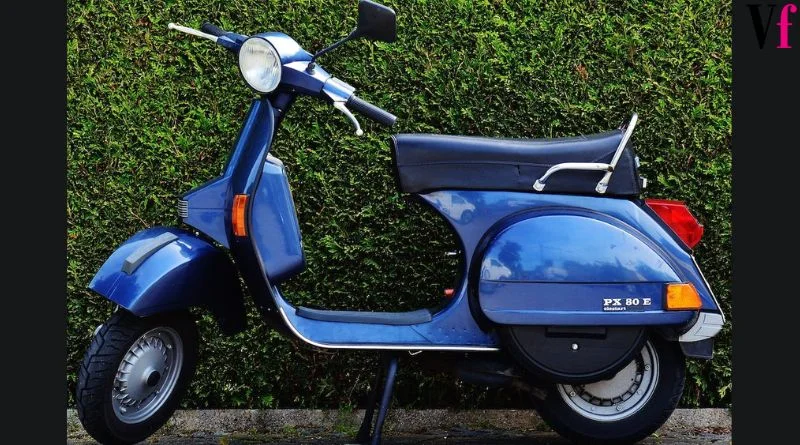
The Modern Scooter Revolution: A Game-Changer for Urban Commuters:
Fast forward to the 21st century, and scooters have undergone a remarkable transformation. Today’s scooters are a fusion of style, innovation, and practicality. They are available in various types, each catering to specific needs:
1. Kick Scooters:
These classic scooters are foldable, lightweight, and perfect for last-mile commuting. They are a common sight in many urban areas, offering a quick and eco-friendly way to navigate through traffic or cover short distances.
2. Electric Scooters (E-scooters):
The advent of electric scooters has ushered in a new era of urban mobility. E-scooters are equipped with electric motors and batteries that provide convenient, emissions-free transportation. They offer pedal-assist or full electric propulsion, making daily commutes effortless.
3. Vespa-Style Scooters:
Vespa-style scooters are iconic for their elegant design, comfortable seating, and powerful engines. They are ideal for longer commutes and recreational rides, combining style with performance.
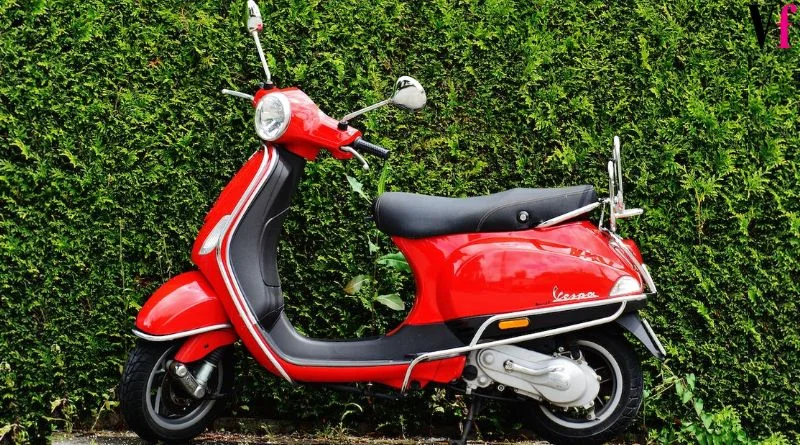
4. Three-Wheeled Scooters:
Three-wheeled scooters, or trikes, offer enhanced stability and are popular among those seeking a more secure ride. They are often used by riders with mobility challenges or for leisurely outings.
Why Scooters Are Taking Over the Streets:
- Eco-Friendly Commuting: It produce minimal emissions, making them an eco-conscious choice for urban commuters. They contribute to reducing air pollution and congestion in crowded cities.
- Efficiency and Agility: It designed for maneuverability, allowing riders to navigate through traffic and narrow city streets with ease. They are excellent for beating rush-hour traffic.
- Cost-Effective Transportation: Compared to owning a car or using rideshare services are a cost-effective mode of transportation. They demand little upkeep and provide substantial savings on fuel costs.
- Health Benefits: It provide a low-impact form of exercise, promoting physical activity and a healthy lifestyle. They are a great way to incorporate fitness into daily routines.
Parking Made Simple: Finding parking in busy urban areas can be a challenge. It compact and can be easily parked in tight spaces, making them a convenient choice for city dwellers.

The Future of Scooters:
As urbanization continues to rise and the need for sustainable transportation solutions becomes more pressing, the future looks promising. Advances in battery technology, safety features, and smart connectivity are expected to further enhance the experience. Additionally, it has sharing programs have gained popularity, providing convenient access to scooters in many cities.
Electric scooters (EVs) and fossil fuel-powered scooters (conventional scooters) are two distinct types of scooters that differ in their power source, environmental impact, and operational characteristics. Here’s a comparison of the key differences between these two types of scooters:
1. Power Source Scooters:
- Electric (EVs): It is powered by electric motors and rechargeable batteries. They do not produce tailpipe emissions and rely on electricity for propulsion. Charging an electric scooter typically involves plugging it into a standard electrical outlet.
- Fossil Fuel: It is powered by internal combustion engines that burn gasoline or other petroleum-based fuels. These engines produce exhaust emissions, including carbon dioxide (CO2), nitrogen oxides (NOx), and particulate matter, which contribute to air pollution and greenhouse gas emissions.

2. Environmental Impact Scooters :
- Electric (EVs): It is considered environmentally friendly because they produce no tailpipe emissions. They contribute to reducing air pollution and have a lower carbon footprint when charged with electricity from renewable sources.
- Fossil Fuel: It emit pollutants and greenhouse gases during operation, contributing to air pollution and climate change. They rely on finite fossil fuel resources, making them less sustainable in the long term.
3. Operating Costs Scooters:
- Electric (EVs): It generally have lower operating costs than fossil fuel. The cost of electricity is typically lower than gasoline, and maintenance requirements are often reduced due to fewer moving parts in electric motors.
- Fossil Fuel: It is subject to fluctuating gasoline prices, which can result in higher fuel costs for riders. Additionally, may require more frequent maintenance due to the complexity of internal combustion engines.
4. Noise and Vibration Scooters:
- Electric (EVs): Quieter and produce less vibration compared to fossil fuel scooters. This can lead to a more comfortable and peaceful riding experience.
- Fossil Fuel: It generate noise and vibration due to the operation of internal combustion engines. This can contribute to noise pollution in urban areas.

5. Acceleration and Torque Scooters :
- Electric (EVs): It often have instant torque and smooth acceleration due to the nature of electric motors. This can result in quick and responsive performance.
- Fossil Fuel: It may have a different acceleration profile, and their performance can vary depending on the engine size and design.
6. Range and Charging Scooters:
- Electric (EVs): It varies in ranges depending on the battery capacity. EVs need periodic recharging, which can take several hours. Charging infrastructure may need to be considered when planning longer trips.
- Fossil Fuel: It has a range determined by their fuel tank capacity. Refueling with gasoline is typically faster and more widely available compared to recharging electric scooters.
In summary, electric scooters (EVs) and fossil fuel-powered scooters (conventional scooters) differ primarily in their power source, environmental impact, operating costs, and characteristics. EVs are recognized for their environmental benefits, lower operating costs, and quiet operation, while fossil fuel scooters have been the traditional choice for many riders but come with emissions and higher fuel costs. The choice between the two depends on individual preferences, priorities, and access to charging or refueling infrastructure.
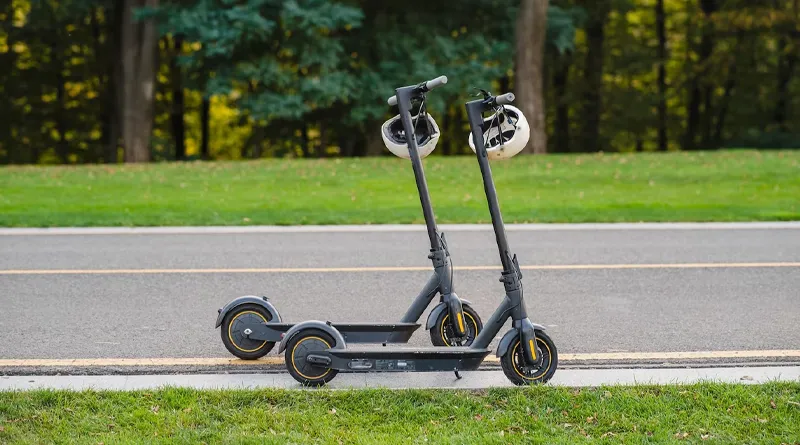
Here are some of the best brands in the USA, Europe, and India, along with a general price range for their products. Please note that prices can vary significantly based on the type of scooter, model, features, and location. Prices mentioned here are approximate and based on my last knowledge update in September 2021.
United States (USA) Scooters:
- Vespa: Vespa, an iconic Italian brand, offers stylish and high-quality. Price Range: $3,500 – $7,500.
- Genuine: It is a U.S.-based brand known for its retro-inspired. Price Range: $1,800 – $3,500.
- KYMCO: KYMCO is a Taiwanese brand with a presence in the U.S. They offer a wide range of Price Range: $1,500 – $5,500.
- Piaggio: Piaggio, the parent company of Vespa, also offers a variety of in the U.S. Price Range: $2,500 – $7,000.
Europe Scooters:
- Vespa: Vespa, an Italian brand, is renowned for its classic and stylish. Price Range: €3,000 – €7,000 (Euro).
- Aprilia: Aprilia, an Italian brand, produces sporty and performance-oriented. Price Range: €2,500 – €7,000 (Euro).
- Peugeot: Peugeot, a French brand, offers a range of known for their design and quality. Price Range: €2,000 – €5,000 (Euro).
- SYM: SYM is a Taiwanese brand with a significant presence in Europe. They offer affordable and reliable. Price Range: €1,500 – €4,000 (Euro).

India Scooters:
- Honda: Honda is a well-known brand in India, offering a wide range of it known for their reliability. Price Range: ₹60,000 – ₹85,000 (Indian Rupees).
- TVS: TVS is an Indian brand known for its innovative with features like Bluetooth connectivity. Price Range: ₹60,000 – ₹80,000 (Indian Rupees).
- Suzuki: Suzuki offers stylish and performance-oriented in India. Price Range: ₹65,000 – ₹85,000 (Indian Rupees).
- Hero MotoCorp: Hero MotoCorp, a prominent Indian brand, offers a variety of suitable for different budgets. Price Range: ₹55,000 – ₹80,000 (Indian Rupees).
Please keep in mind that prices can vary based on factors like the specific model, engine capacity, features, and location. Additionally, new models may have been introduced, and price changes may have occurred since my last update. It’s advisable to visit official brand websites or local dealerships for the most up-to-date pricing information and to explore the latest models that meet your needs and budget. 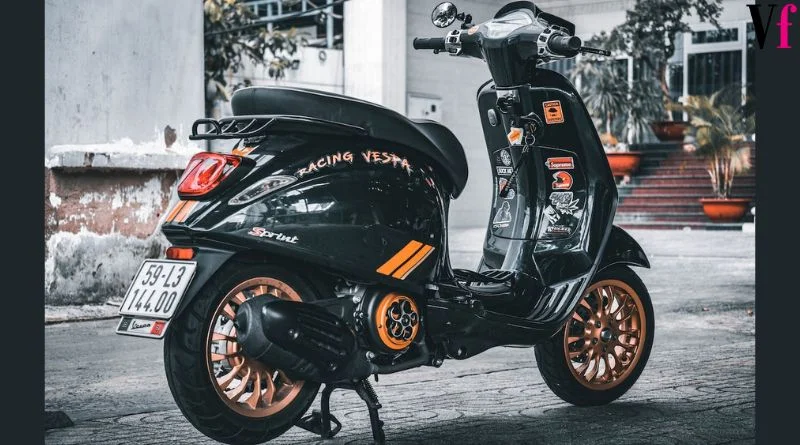
In conclusion, it has come a long way from their humble beginnings, evolving into a symbol of efficient and eco-friendly urban mobility. They offer a refreshing and enjoyable way to experience the cityscape while addressing some of the challenges of modern urban living. Whether it’s for your daily commute or a leisurely ride on a sunny afternoon, it has firmly established themselves as a valuable and exciting addition to our urban landscapes. From their inception to their modern evolution, it has been more than just a mode of transportation; they represent a journey of innovation, convenience, and adaptability. Starting as humble foot-powered contraptions, they have transformed into electric wonders, efficiently navigating the bustling streets of the 21st century. It has not only offered a sustainable and cost-effective solution to urban mobility but have also become a symbol of freedom and practicality for people worldwide. As they continue to evolve, it play a vital role in addressing modern transportation challenges, offering a green, efficient, and fun way to traverse our dynamic cities. Their future shines bright, promising to make our urban landscapes more accessible, cleaner, and enjoyable for generations to come.

